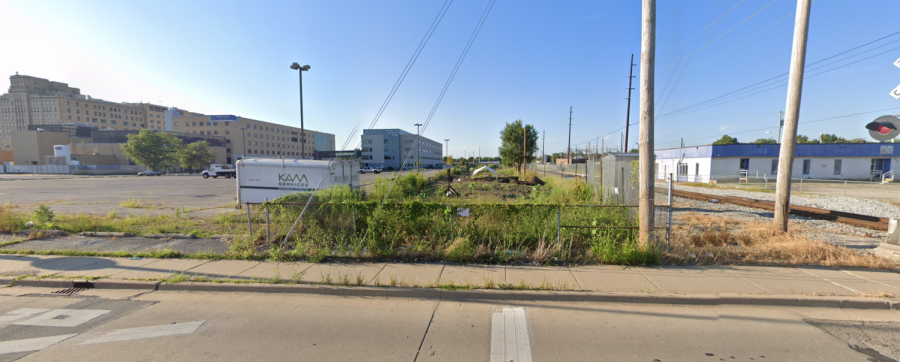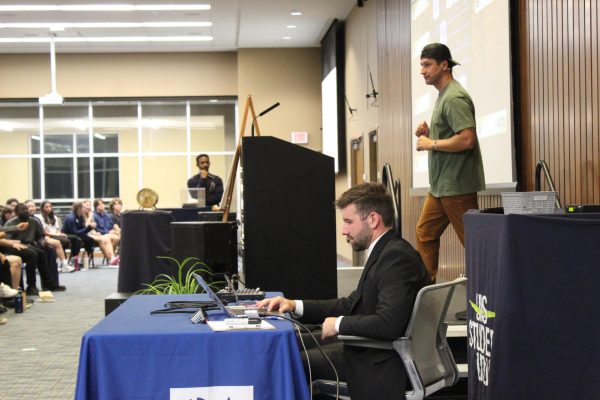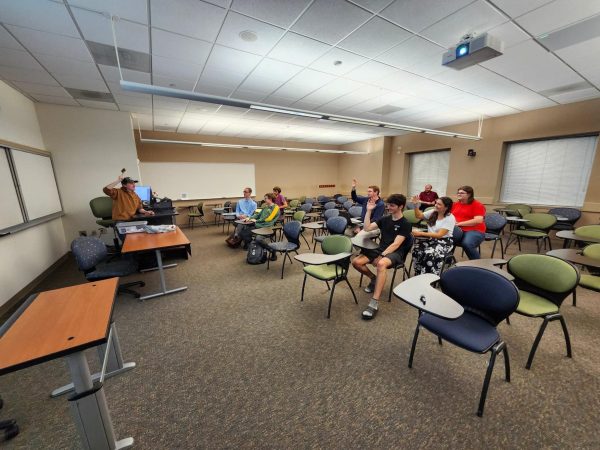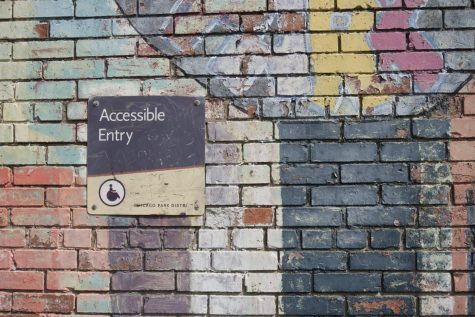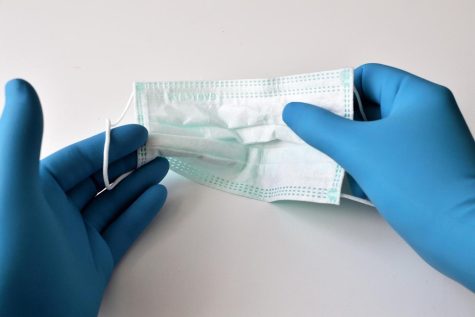1908 Race Riot Site
Springfield is currently in the process of a major rail project that would move all rail traffic from Third St. over to 10th St. This $315 million project is designed to move rail traffic away from downtown and shorten commute time in the city. One of the first steps in this project was conducting ground studies, and during these ground studies, the remains of several foundations of houses were discovered. While house foundations on their own are not particularly important, these foundations were from homes that were burnt down during the 1908 Springfield Race Riot. This triggered Section 106 of the National Historic Preservation Act, which requires federal agencies to consider any government-funded project’s effects on historic properties.
Ultimately this statute usually does not require any preservation of any historic site. It only mandates that the government conducts a review process, which usually leads to the creation of multiple mitigation plans with varying degrees of preservation, cost, and feasibility. In 2014, a larger archaeological dig was conducted at the site to fully identify the historic resources in the railroad project area. The results of this dig were a massive, 382-page document that was finalized two years later.
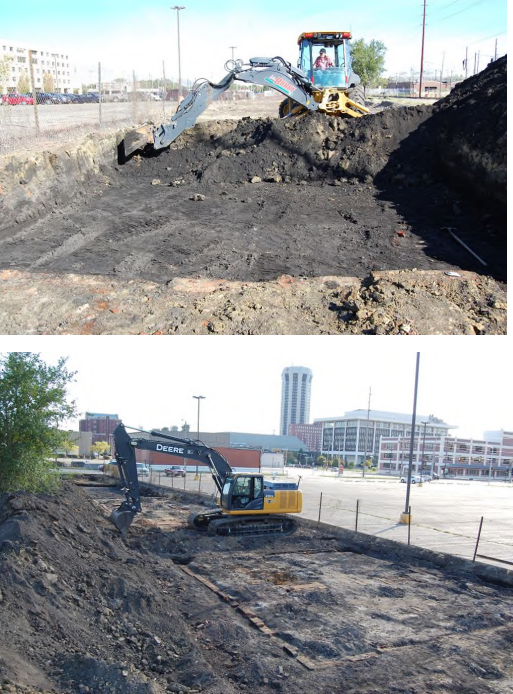
The 2014 research concluded that the site should be preserved in place, which triggered another statute that required the railroad to avoid the site unless there was no other feasible alternative. It was determined that avoiding the site entirely was not feasible due to its effect on rail speed and its harm to the overall railroad project. Instead, in 2018, the City of Springfield developed three potential mitigation plans, with varying railroad placement and recovery plans.

Any of these options would lead to the destruction of at least some of the site, and another dig was conducted to gather all the information possible before the project’s construction through the area. Once this was completed, the site was covered back up. Several informative signs were set up in the St. John’s Hospital parking lot about the site, the work being done, and the 1908 Race Riot, although those have since been removed. As of now, there is little evidence of any historic value, as it is now a bare strip of fenced-off dirt between the current railroad tracks and the St. John’s parking lot.
Various studies have been conducted in the area since 2018, all pointing to the historic value of the sites. In 2020, the Trump administration added the site of the riot to the African American Civil Rights Network. Eventually, the rail project will damage or destroy the site, and various plans, ranging from a simple historic marker to a full memorial and educational tours, have been proposed to commemorate the site.
Even if the site is completely destroyed, the discovery of these foundations has forced Springfield to look at its dark past and acknowledge an event that many in the area were never taught about. Before 2012, few residents knew that Springfield had a race riot. Now it is common knowledge, and the city is awakening to the evils of the past. This awareness is as important, if not more so than the foundations themselves, and no matter what happens to the site, the lessons it teaches will finally be remembered.

